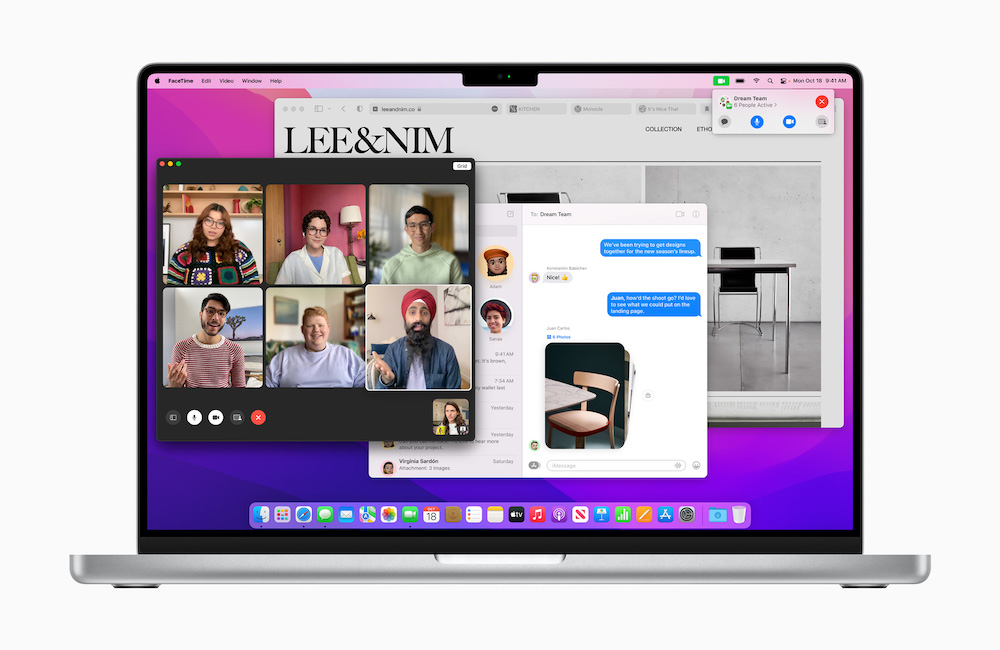How to solve the MacBook Pro ‘notch’ complaint

When the notch gets you down
What do you do when a company you’ve written about for years introduces a product so far ahead of its competitors that you know things will never be the same again? You find some minor gripe and focus attention on that thing, rather than the big story.
Signifying notching
This is precisely what’s happening with the fuss and consternation around the so-called MacBook Pro ‘notch’, that small space at the top of the display into which Apple has woven a bunch of technologies, including the camera.
Critics are focusing on that thing, because they don’t want to concede that with the M1 Pro and M1 Max Apple now has a processor design road map that means Macs now lead their industry, at least in terms of performance per watt. When it comes to the new MacBook Pros, though, I think the 14-inch 10-core CPU may be the model to beat – it provides ample power and a display that’s more than suitable for getting work done on the move. You probably use an external display in the office.
The computers compete with high-end PCs, and we know that more is coming in the form of next year’s Mac Pro. And this is only the first iteration of the chips, with a move to 3nm process technology on the road map in the next year or two and a long-term plan behind the entire transition. That’s the real story here.
https://youtu.be/SQvM-mDkK_s
The other part of the story is that every MacBook Pro (including the M1-powered version that appeared last year) is now akin to a racing car, with even the entry-level model at the top of the league.
Or it would be, but for the notch
Needless to say, after the ‘notch in my name’-aholics had grabbed attention and a few thousand-page clicks, Apple quietly pointed out that the behaviour they were complaining about – which is that with the notch in play menu items may disappear behind that notch and the cursor may seem to behave erratically – is easily solved.

There’s a setting, you see. It’s called Scale to fit below built-in camera and when it is applied it adjusts the active area of your menu bar so app windows appear beneath that camera. The downside of this approach is that the whole window scales, so you lose a little app space at the side of the display – so there is a little compromise.
“If you turn on “Scale to fit below built-in camera” for an app and the app has menu bar items or windows that would appear behind the camera housing, all open apps or apps that share the same space appear below the camera until you quit the app using the scaled setting,” Apple helpfully explains.
Apple also points out that as developers update their apps to work better with these displays the setting will no longer be required. But it’s there for the time being.
Here is how the setting works:
- Quit the app.
- Open the applications folder in Finder.
- Select the app.
- Choose File>Get Info, or press Command-I.
- In the info window just check the ‘Scale to fit below built-in camera’.
- And get on with your lives.
While I’m certain there will be some who remain angry about it, it’s notch such a problem, I think.
Please follow me on Twitter, or join me in the AppleHolic’s bar & grill and Apple Discussions groups on MeWe.




Unlike so many, I’m fine with the notch and have the opposite problem. I want to hide my menu bar and move my windows up into that area to take full advantage of my screen real estate like on my old 13″ MBP. I’m not worried about missing the application bar that would be obscured behind the notch. That is mostly wasted space anyway. How do I do that?
I am uncertain if this is what you mean, but try this:
System Preferences
Dock & Menu Bar
Check Automatically hide and show the menu bar to on (there are two checkbox options on M1NotchMBP, which are in full screen and normal view, but only one on earlier Macs). This way it appears when you hover your cursor in the top of screen, but rat of the time it is display